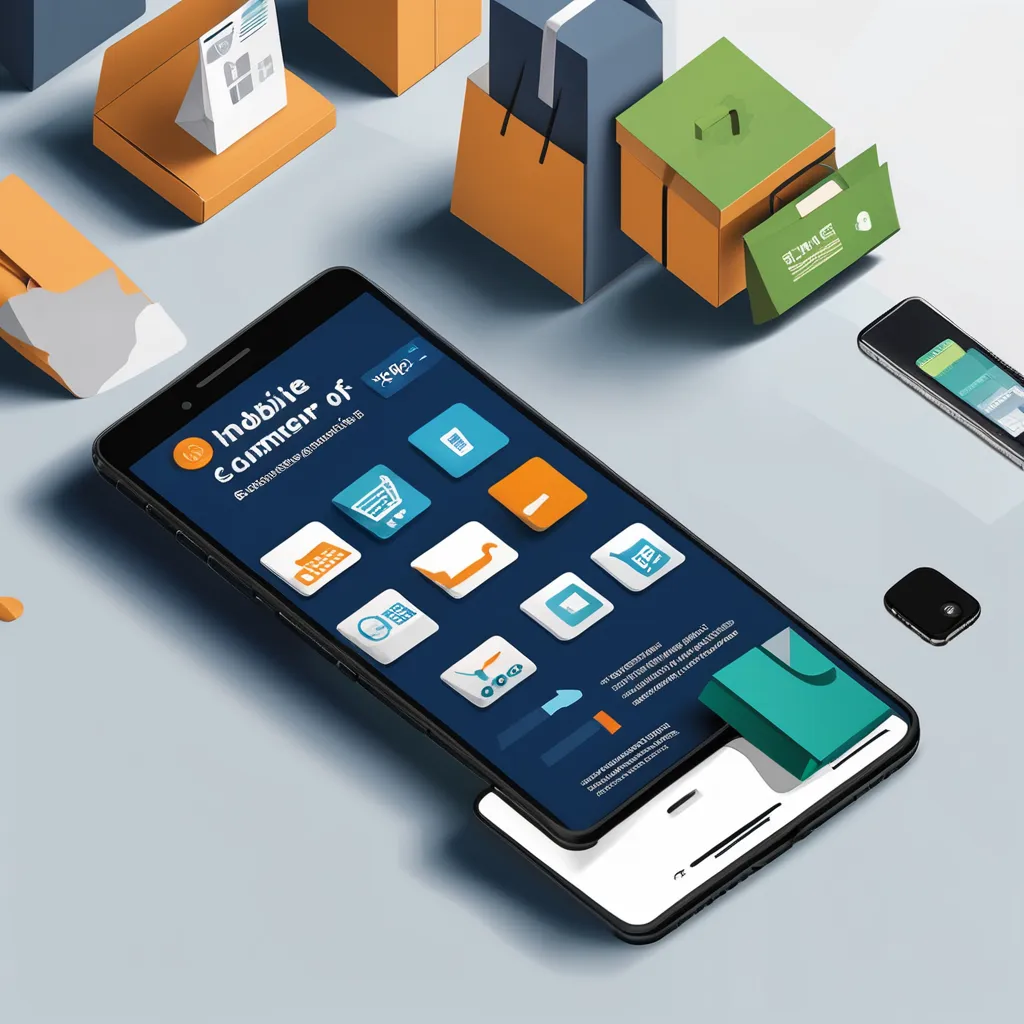The Mobile Revolution in E-commerce
In 2024, mobile commerce isn’t just growing – it’s dominating. With over 70% of e-commerce transactions now happening on mobile devices, businesses that haven’t embraced a mobile-first approach are losing significant market share. Let’s explore why mobile optimization is crucial and how your business can stay ahead of the curve.
Why Mobile-First Is No Longer Optional
The Statistics Speak Volumes
- 73% of e-commerce sales occur on mobile devices
- 79% of smartphone users have made a purchase online in the last 6 months
- Mobile users are 5 times more likely to abandon a site that isn’t mobile-optimized
- 60% of Google searches are performed on mobile devices
Essential Mobile-First Strategies
- Progressive Web Apps (PWAs)
Progressive Web Apps represent the perfect blend of mobile app experience and website accessibility. Benefits include:
- Offline functionality
- Push notifications
- App-like interface
- Faster loading times
- Lower development costs compared to native apps
- Optimized Mobile Checkout
The checkout process is where many mobile sales are won or lost. Key optimization strategies include:
- One-click purchasing options
- Digital wallet integration (Apple Pay, Google Pay)
- Autofill support
- Minimal form fields
- Clear progress indicators
- Guest checkout option
- Mobile-Optimized Design Elements
Design considerations that drive mobile conversion:
- Touch-friendly buttons (minimum 44×44 pixels)
- Clear product images with zoom capability
- Simplified navigation
- Thumb-friendly interface design
- Collapsible menus
- Sticky headers for easy navigation
- Performance Optimization
Speed is crucial for mobile success:
- Image optimization
- Lazy loading
- Minified code
- Browser caching
- Content Delivery Networks (CDN)
- Accelerated Mobile Pages (AMP)
Advanced Mobile Engagement Strategies
- Voice Commerce Integration
Voice shopping is becoming increasingly popular:
- Voice search optimization
- Voice-activated shopping lists
- Voice navigation options
- Integration with virtual assistants
- Augmented Reality (AR) Features
AR is transforming mobile shopping:
- Virtual try-on for clothing and accessories
- Furniture placement visualization
- Product customization preview
- Interactive product demonstrations
- Personalization
Mobile devices offer unique personalization opportunities:
- Location-based offers
- Behavioral targeting
- Personal shopping assistants
- Custom product recommendations
- Tailored push notifications
Implementation Guide
Phase 1: Assessment
- Analyze current mobile traffic and behavior
- Identify pain points in mobile user journey
- Review competitor mobile strategies
- Audit current mobile performance
Phase 2: Technical Implementation
- Optimize website speed and performance
- Implement responsive design principles
- Integrate mobile payment solutions
- Set up analytics tracking
Phase 3: User Experience Enhancement
- Simplify navigation
- Optimize product pages
- Streamline checkout process
- Implement mobile-specific features
Phase 4: Testing and Optimization
- A/B testing of key elements
- User testing sessions
- Performance monitoring
- Continuous optimization
Common Pitfalls to Avoid
1. Ignoring Page Speed
- Solution: Regular speed testing and optimization
- Implementation of lazy loading
- Image optimization protocols
2. Complex Navigation
- Solution: Simplified menu structures
- Clear search functionality
- Easy access to cart and checkout
3. Poor Touch Targets
- Solution: Properly sized buttons
- Adequate spacing between clickable elements
- Touch-friendly interface design
Future Trends to Watch
- 5G Impact
- Faster loading times
- Enhanced video capabilities
- Rich interactive experiences
- Real-time personalization
- Social Commerce Integration
- Instagram Shopping
- TikTok Commerce
- Facebook Marketplace
- Pinterest Shopping
- Mobile Payment Evolution
- Cryptocurrency integration
- Biometric authentication
- Contactless payments
- Buy Now, Pay Later options
Measuring Success
Key Performance Indicators (KPIs)
- Mobile conversion rate
- Page load time
- Bounce rate
- Average order value
- Cart abandonment rate
- Mobile traffic percentage
Conclusion
Mobile-first e-commerce is no longer a competitive advantage – it’s a necessity for survival in the digital marketplace. Success in this mobile-dominated landscape requires a comprehensive approach that combines technical optimization, user experience design, and innovative features that cater to mobile users’ unique needs and behaviors.
By implementing these strategies and staying ahead of emerging trends, businesses can create a mobile shopping experience that not only meets current customer expectations but is also prepared for the future of e-commerce.


